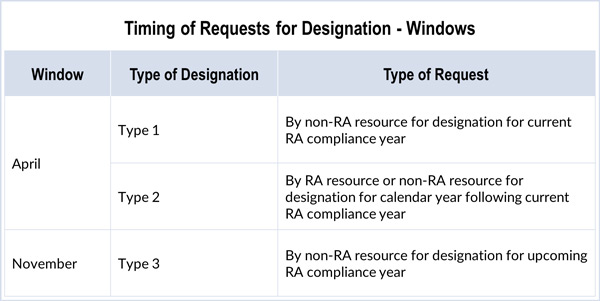By Jason Fordney
CAISO on Tuesday unveiled its latest revisions to a program meant to compensate uneconomic generation units needed to maintain reliability.
After consulting with stakeholders since June, CAISO unveiled 20 changes to the Capacity Procurement Model Risk-of-Retirement Initiative (CPM ROR). The ISO is taking comments through Aug. 28 on the revised straw proposal, which is due to be reviewed by the Board of Governors on Nov. 1.
Stakeholders were skeptical of the program when it was proposed earlier this year, saying it does not address the fact that CAISO’s energy market can no longer adequately compensate generation resources that are unprofitable but are still needed to manage the integration of large amounts of renewables (See CAISO Stakeholders Question Risk-of-Retirement Initiative.)
On a call Tuesday, Pacific Gas and Electric representative Peter Griffiths asked how the CPM ROR process relates to a separate reliability-must-run process, as one of CAISO’s stated objectives is to see if ROR could be used rather than RMR. “I just want to make sure that is a touchstone to some degree that we continue to look back at,” Griffiths said.
CAISO Manager of Infrastructure Policy and Contracts Keith Johnson replied that “one of the objectives here is to see if CPM is a viable option.” He said the changes are intended to increase the possibility of using the program, which has never been deployed since its creation in March 2011.
“We want to see if there is a way that we can at least make the existing provisions work better so there is a higher probability that they will be used and useful,” Johnson said. There are still circumstances in which RMR will be needed, he said.
Earlier this year, CAISO awarded RMR designations to Calpine’s Yuba City and Feather River peaking plants after the company said it would be forced to retire the facilities if required to await a decision on CPM next year. (See CAISO RMRs Win Board OK, Stakeholders Critical.) Calpine said the RMR award was the only viable option, but CAISO wants the CPM ROR to be the primary backstop to generation shortages through retirement.
Most stakeholders support allowing any resource to apply for a ROR designation, including resources that are under a resource adequacy (RA) contract. Currently, generation resources that have an RA contract for the upcoming (January-December) RA year cannot apply for ROR designation. Capacity under a RA or RMR contract or another kind of CPM procurement may not receive ROR payments at same time.
Resource owners say that one current problem is that CAISO cannot initiate its study to determine the need for an individual unit until November of each year, just after all load-serving entities publish their RA requirements for the following calendar year. Generation owners have expressed concern that they don’t know if their resources will have RA contracts until Oct. 31. One of CAISO’s objectives is to provide for its ROR analysis to take place prior to the end of the RA contracting period.
Under the new proposal, windows would open in April and November each year for three types of ROR designations:
- Type 1 refers to non-RA resources for designation within the current RA compliance year (April window).
- Type 2 is for RA resources or non-RA resources for designation during the calendar year following the current RA compliance year (April window).
- Type 3 is for non-RA resources for designation during the upcoming RA compliance year (November window).
The straw proposal also clarified the criteria for an ROR designation: that the “grid cannot be reliability operated without that specific resource in service.” CAISO plans to post reports within 30 days of such findings to allow stakeholders to comment.
CAISO’s draft final proposal is due to be posted on Sept. 11, and another stakeholder call is set for Sept. 18.




